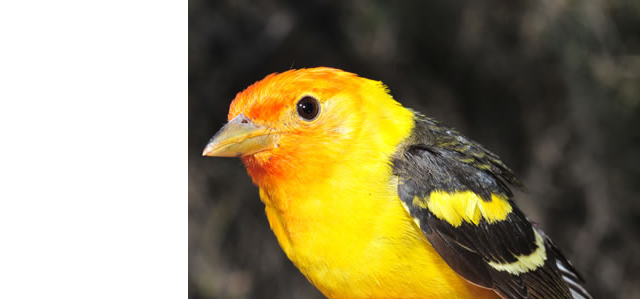
Biology Faculty & Staff Publications
Document Type
Article
Publication Date
1-1-2003
Abstract
Developmental rates of ectotherms (y) are often linearly related to temperature (Tc in C) within some biologically relevant range of temperatures as y = (1/S)(Tc - Tb), where Tb is the estimated temperature at zero development, and the thermal constant S is the development time multiplied by the temperature above Tb (i.e. degree days above Tb). Among similar species, it has been widely shown that S and Tb are negatively related across environments, that S is positively related to body size, and that Tb is independent of body size but increases with mean environmental temperature. Here we present a model that predicts quantitatively each of these relationships by showing that the developmental rate equation (y) is a linear approximation to a universal exponential function (in Kelvin) reflecting the underlying biochemical kinetics of metabolism. The model combines the effects of body size and temperature on individual growth to explain the majority of variation in development rates among a broad assortment of aquatic ectotherms (fish, amphibians, zooplankton) at different life stages. Specifically, the model predicts that body size enters as (mass)1/4, and that Tb is about 10C below the mean developmental temperature for ectotherms in nature ("the 10C rule"). We conclude by explaining how differences in food type would affect the model.
Publisher
Evolutionary Ecology Research
Volume
5
First Page
43
Last Page
51
Language (ISO)
English
Keywords
degree days, growth, temperature, threshold temperature
Recommended Citation
Charnov, E.L. and J.F. Gillooly. 2003. Thermal time: Body size, food quality and the 10C rule. Evolutionary Ecology Research 5:43-51
